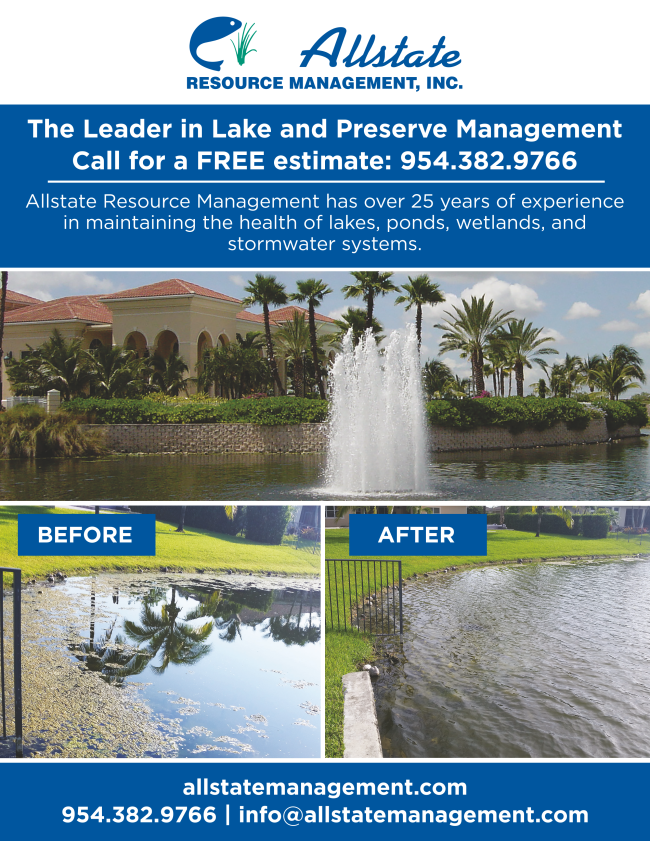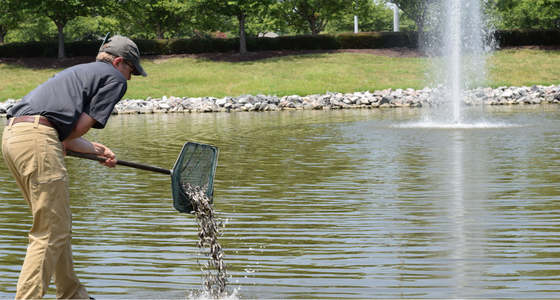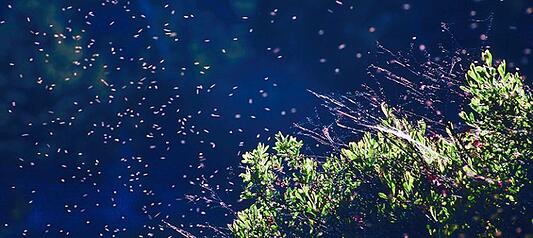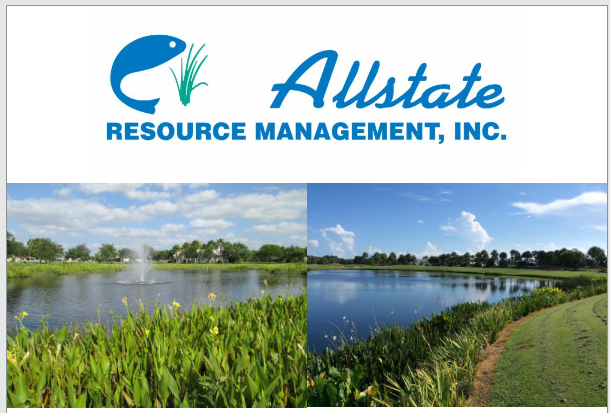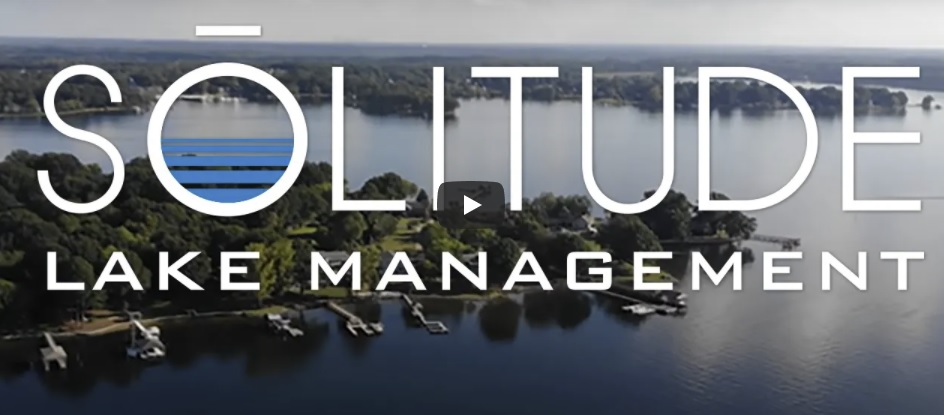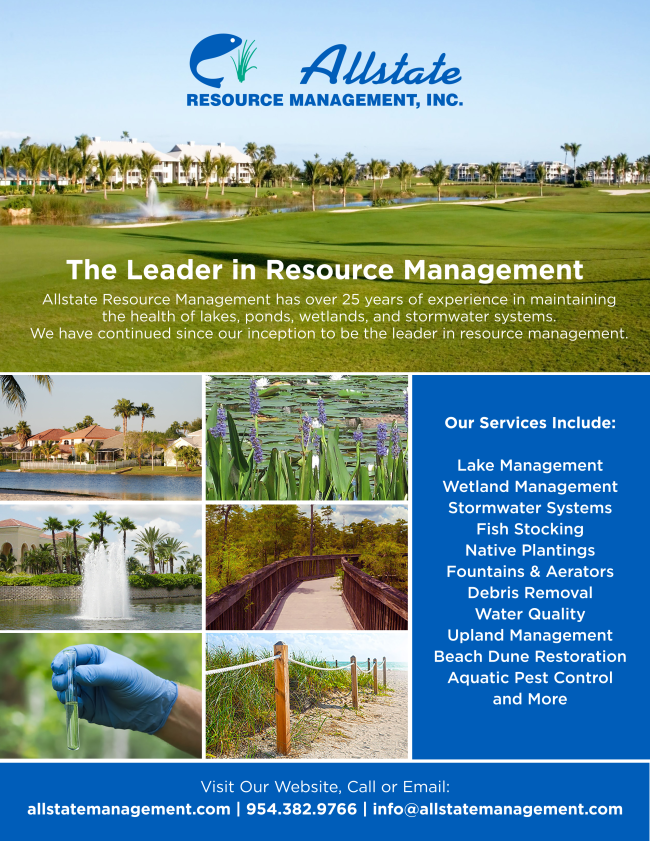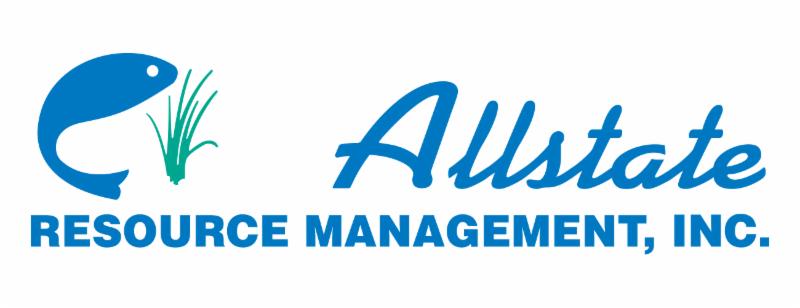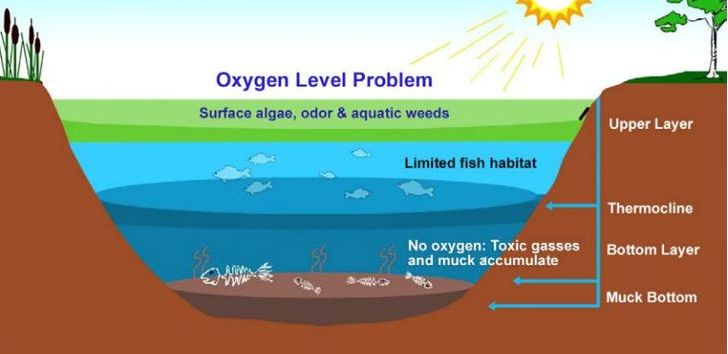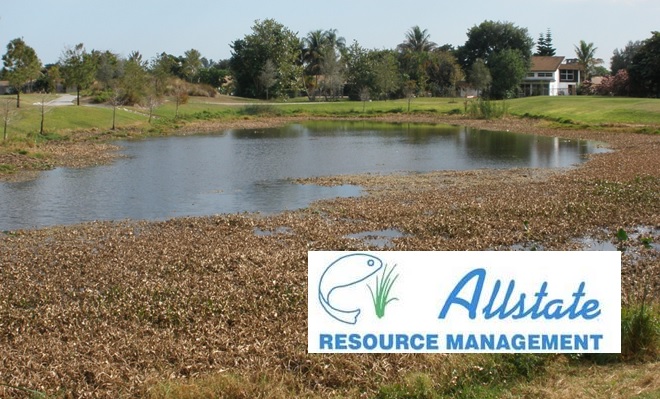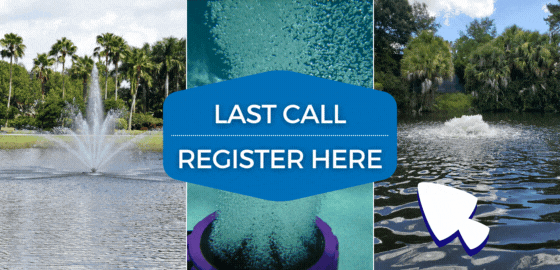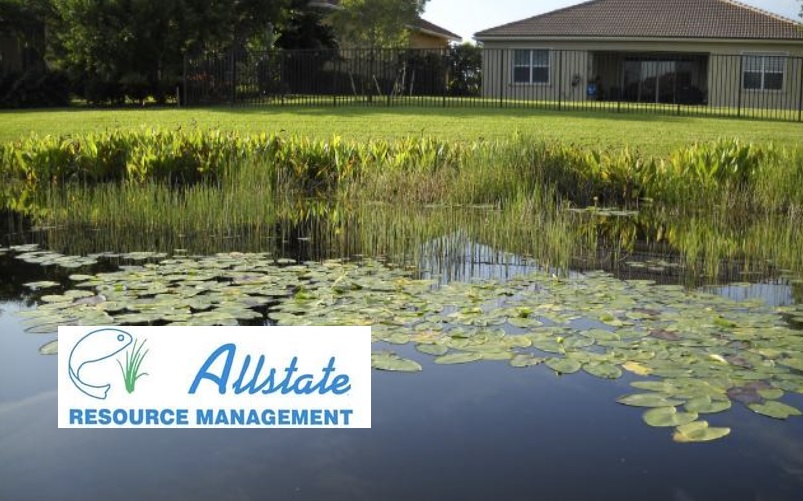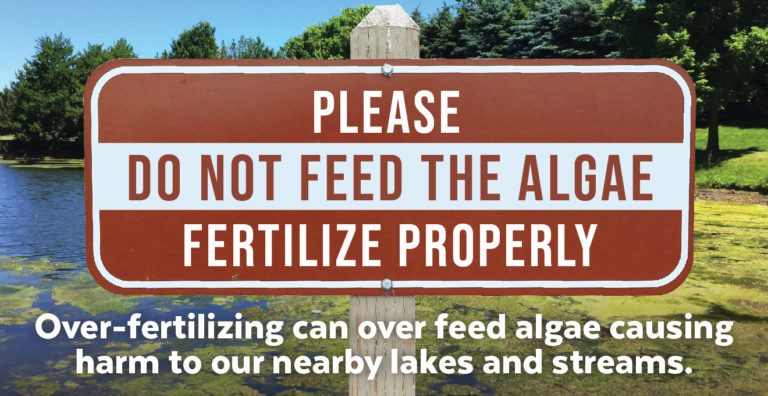Understanding Your Lake
How-Long-to-Clean-Lake
This is one of the most often asked questions applicators get and is also one of the trickier ones to
answer. The hard part of this question is that there are so many variables to take into account when
trying to answer it. Are we dealing with one kind of weed or multiple ones?
Different ones may require separate treatments. Some of those treatments may not be compatible with each other which means they must be done on different visits. How bad is the problem? If the entire lake is affected,
we need to treat it in portions over time so we don’t deplete the dissolved oxygen.
Which herbicide is effective on the weeds you have? Some work quickly, where as others take time to do the job, and
not all herbicides work on every kind of plant. What is the weather? Forecasted rains can wash off or
dilute treatments, forcing work to be postponed.
These are just a few of the things we need to consider before we can even start to give a client an answer and that is just the beginning of the process. The EPA approved products we apply to lakes do not make the weeds magically disappear.
Once they begin to die, most will float to the surface and collect in mats. Then water chemistry,
weather, and lake circulation controls how long it takes for them to break down and sink. Sometimes
lakes will require follow up treatments to take care of re-growth, or dense pockets of plants.
An experienced lake management company can give you an estimate of how long it will take to start to
see results but a definite answer can be difficult. Understand that there is a customized plan being
implemented and that your manager is working to remedy the problem. If you ever have any specific
questions about your lake and its care, the staff at Allstate Resource Management is here to answer
them and provide you with the information you need.
Author: Stephen Montgomery, Senior Biologist

Allstate Resource Management has over 25 years of experience in maintaining the health of lakes, ponds, wetlands, and stormwater systems. We have continued since our inception to be the leader in resource management.
Tags:
Common Area Issues,
Lake Management Articles

